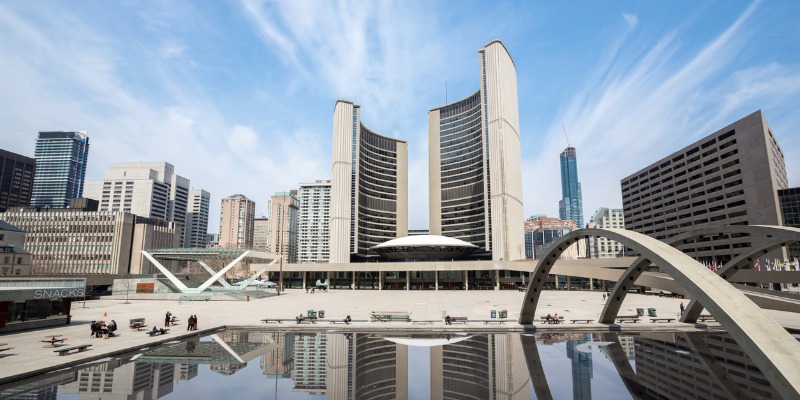Government wages and employee numbers drive municipal spending across Canada

Over the last two decades, in an apparent contradiction, municipalities across Canada have increased spending and employment while claiming they are fiscally challenged. They typically run surpluses for their operating budgets yet continue to increase tax levies. It’s important we understand municipal finance given the importance of roads, water, police, fire departments and transit. But understanding these finances is challenging because they are not very transparent and vary widely across municipalities.
Nevertheless, let’s look at the broad nationwide numbers.
As noted in a new study published by the Fraser Institute, between 1991 and 2018, total real municipal government revenues in Canada grew from $107 billion to $186 billion—an increase of 74 per cent. While real per-person total revenues grew from $3,831 to $5,024—an increase of 31 per cent. And total real property tax revenue grew from $42.2 billion to $71.7 billion—an increase of 70 per cent. Finally, government grant revenue grew from $48.7 billion to $80 billion (an increase of 64 per cent) while all other revenues from $16.6 billion to $34.4 billion, or by 107 per cent.
More specifically, property taxes alone account for 48 per cent of revenues followed by fees from services such as transit, housing, recreational activities and other goods (25 per cent), government grants (19 per cent) and other miscellaneous local taxes (8 per cent).
In terms of major spending, 37 per cent of operating expenses are for government employee compensation followed by the purchase of goods and services to run municipal operations (28 per cent) and fixed capital consumption costs (20 per cent).
Several factors drive the increase in spending. Growing revenues from property taxes, intergovernmental grants and the sales of goods and services are positively related to rising per-person municipal spending. Essentially, spending rises to meet the available revenues.
Moreover, on the cost side, increases in municipal employees (and their pay) also drives municipal spending. This suggests municipalities in Canada have increased spending because of their ability to generate revenues to fuel that spending. Indeed, the municipal wage rate (and the number of municipal employees) significantly help determine per-person municipal spending. As well, the size of the real per-person municipal operating surplus is positively and significantly related to real per-person property tax revenues and grant revenues.
Over the long term, Canadians municipalities have played an interesting game. They’re prohibited by provincial legislation to run operating deficits and in fact generate operating surpluses most years, potentially adding to their reserves. From 2008 to 2018, the combined operating surplus for municipalities in Canada ranged from a low of 6.1 per cent of revenues in 2014 to a high of 11.9 per cent in 2017.
So what’s the main takeaway from all these dollar figures?
Clearly, municipal wage rates and employment numbers are major drivers of municipal spending. Subsequently, only after municipalities make more of an effort to address these spending realties can it be reasonable for municipalities to ask for more money, either from other levels of government or from their own ratepayers via tax increases. In these uncertain times, municipal ratepayers—and provincial and federal governments—must make sure that municipalities do not use the COVID crisis as an opportunity to finance long-term enrichment of their current spending ways.
Author:
Subscribe to the Fraser Institute
Get the latest news from the Fraser Institute on the latest research studies, news and events.

